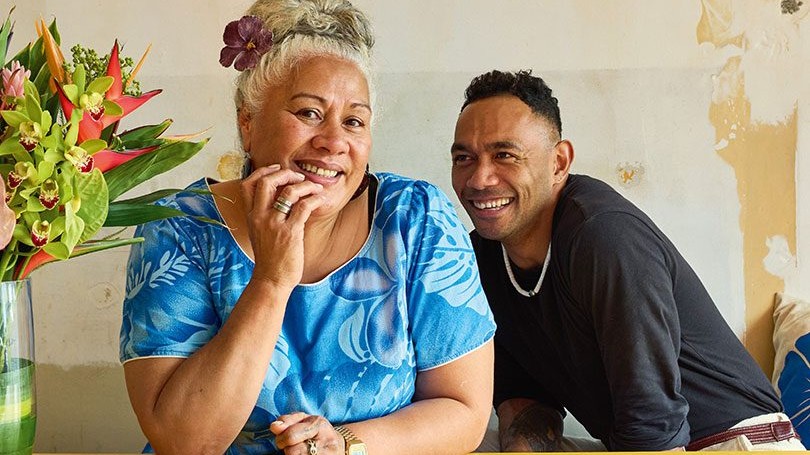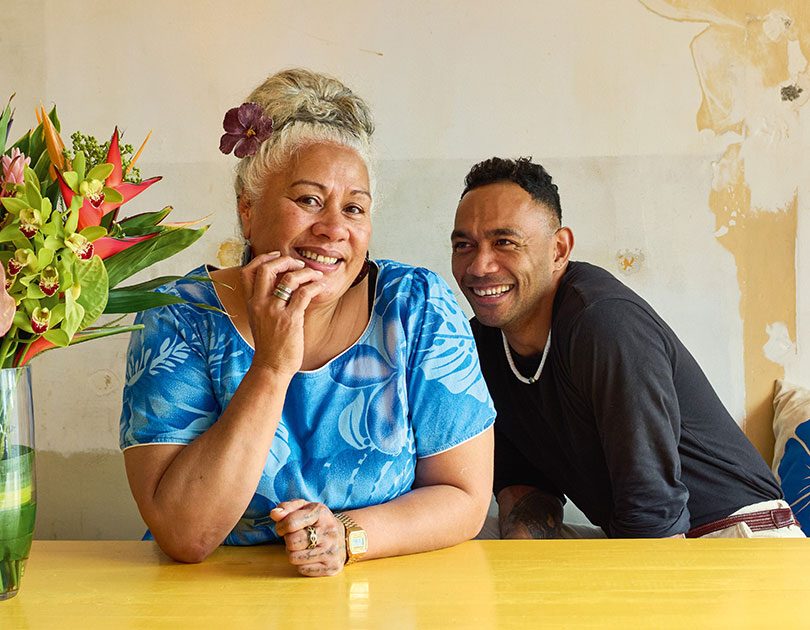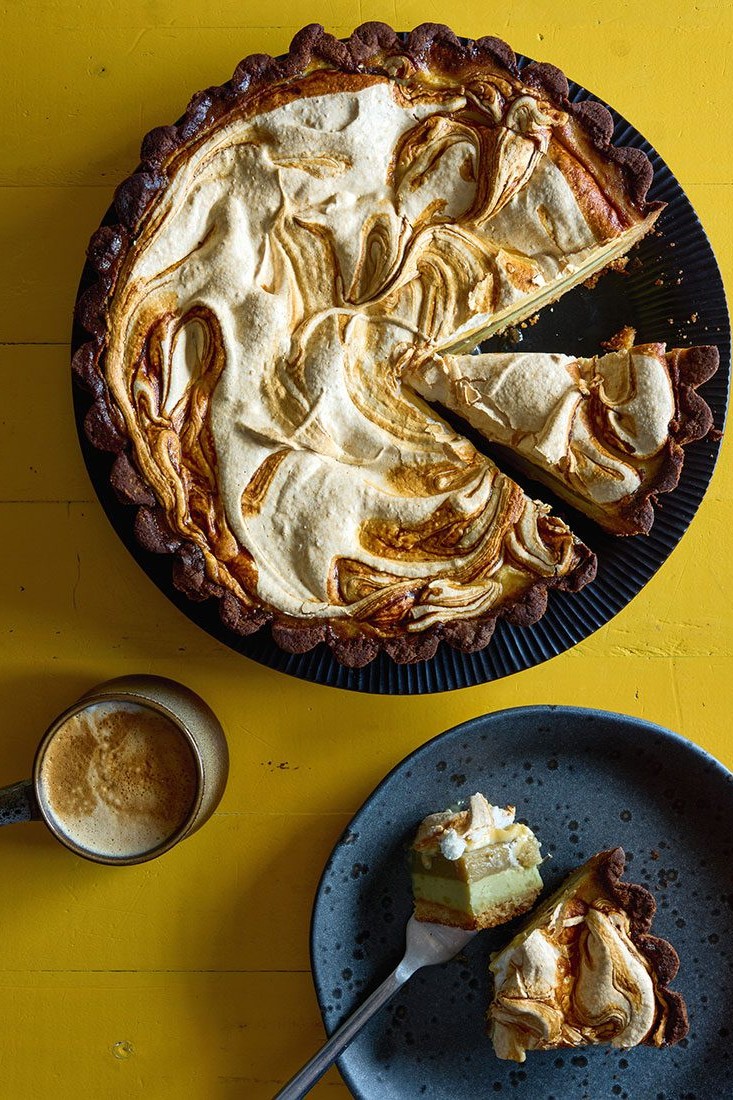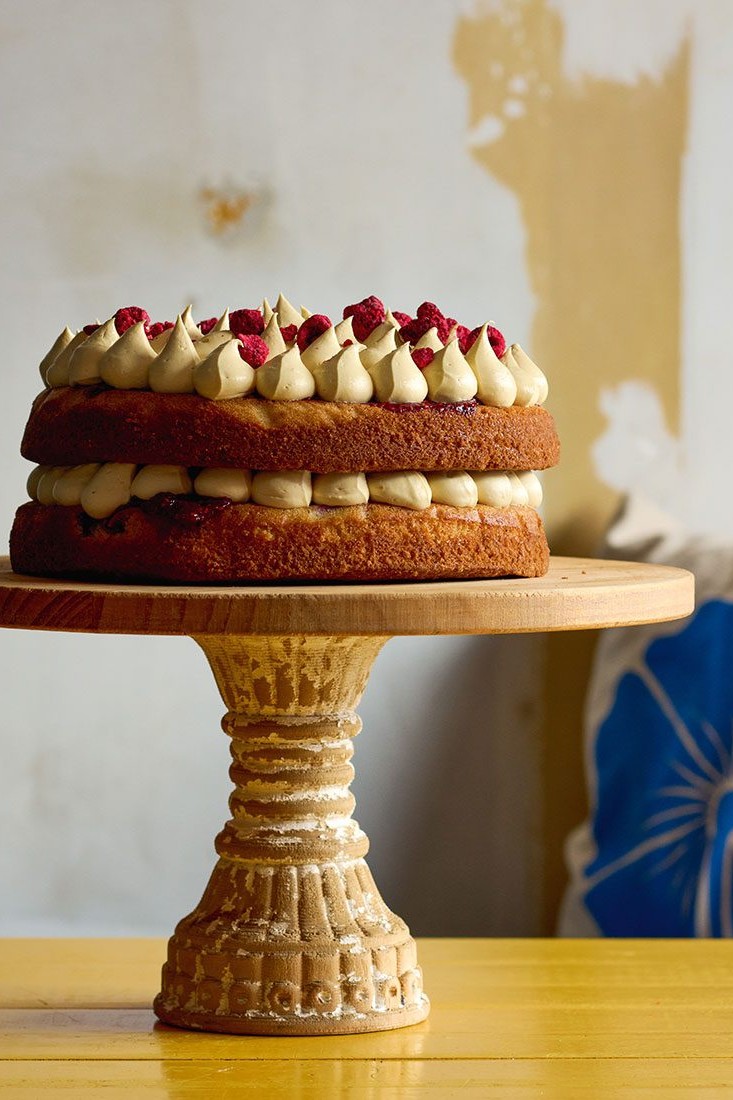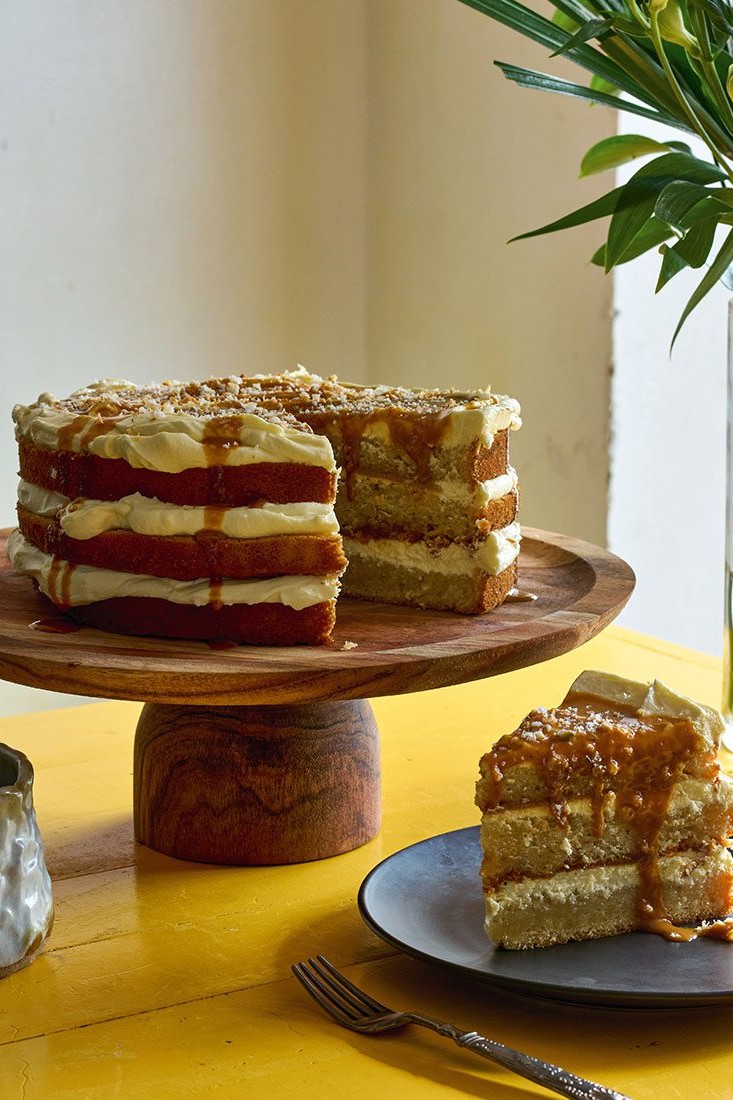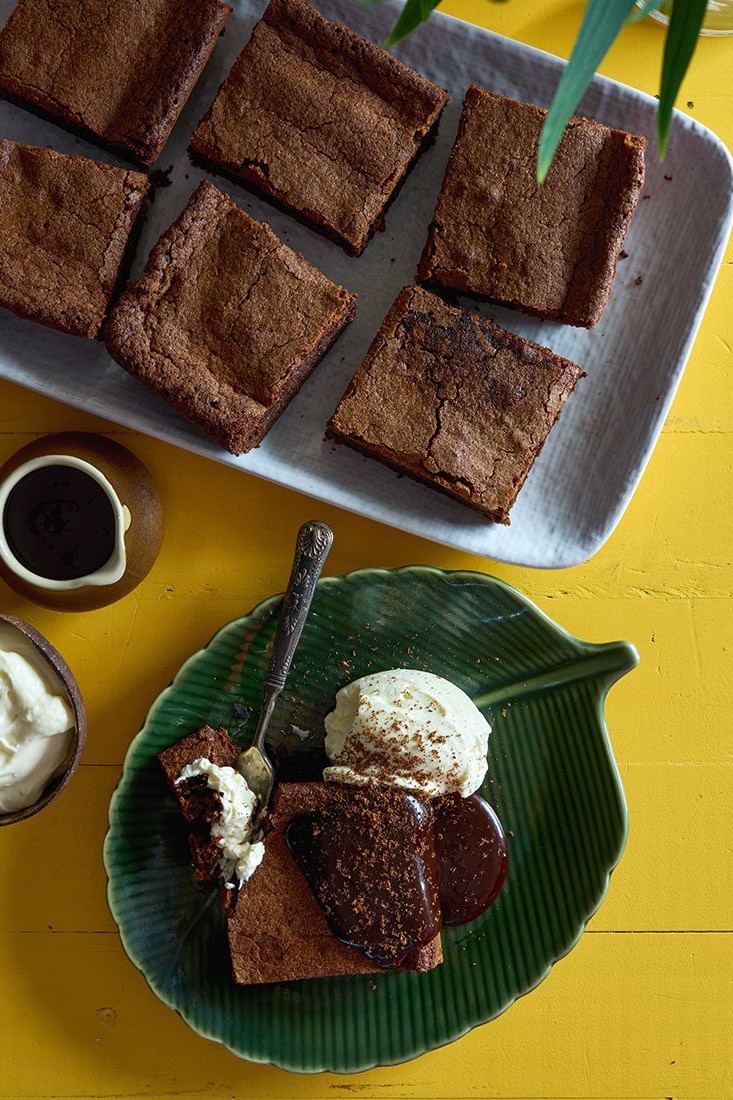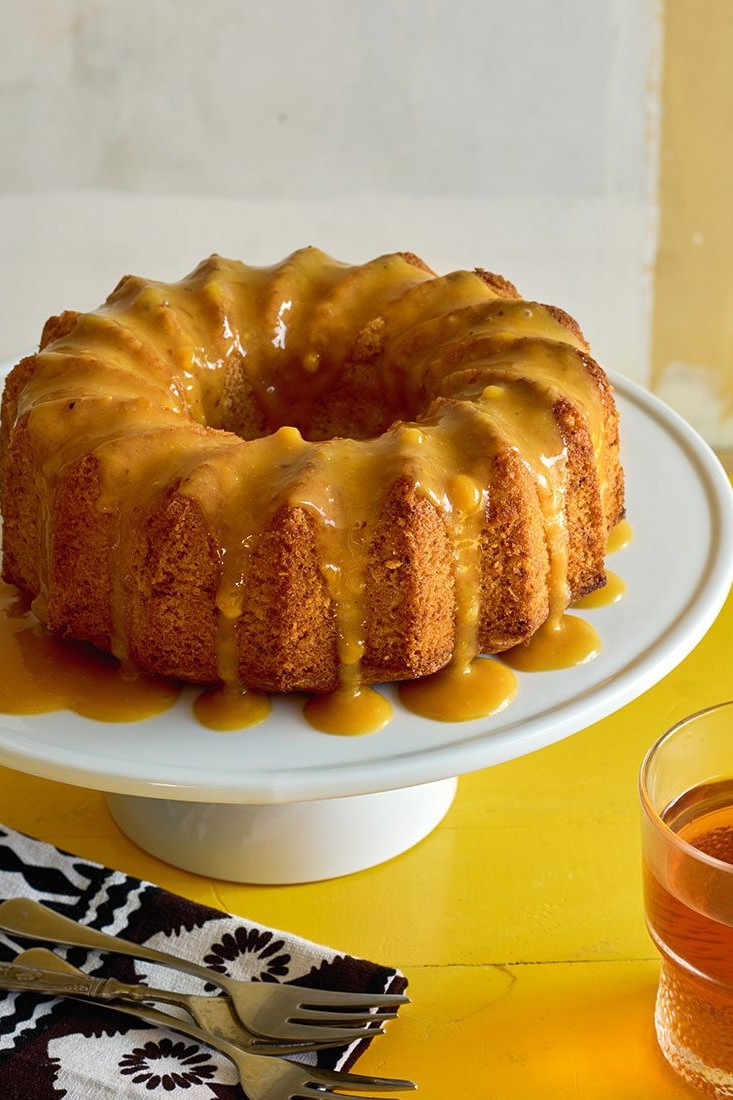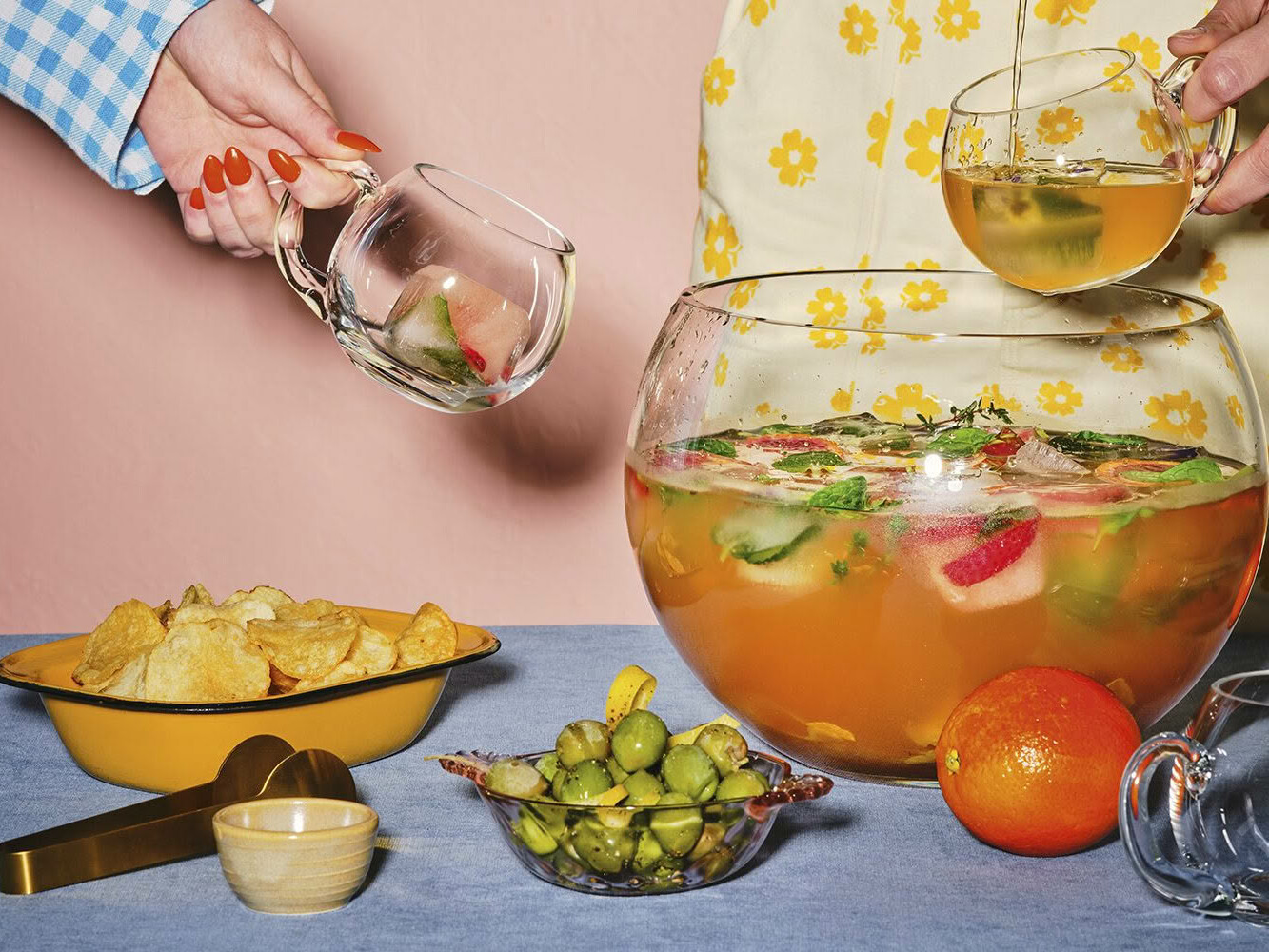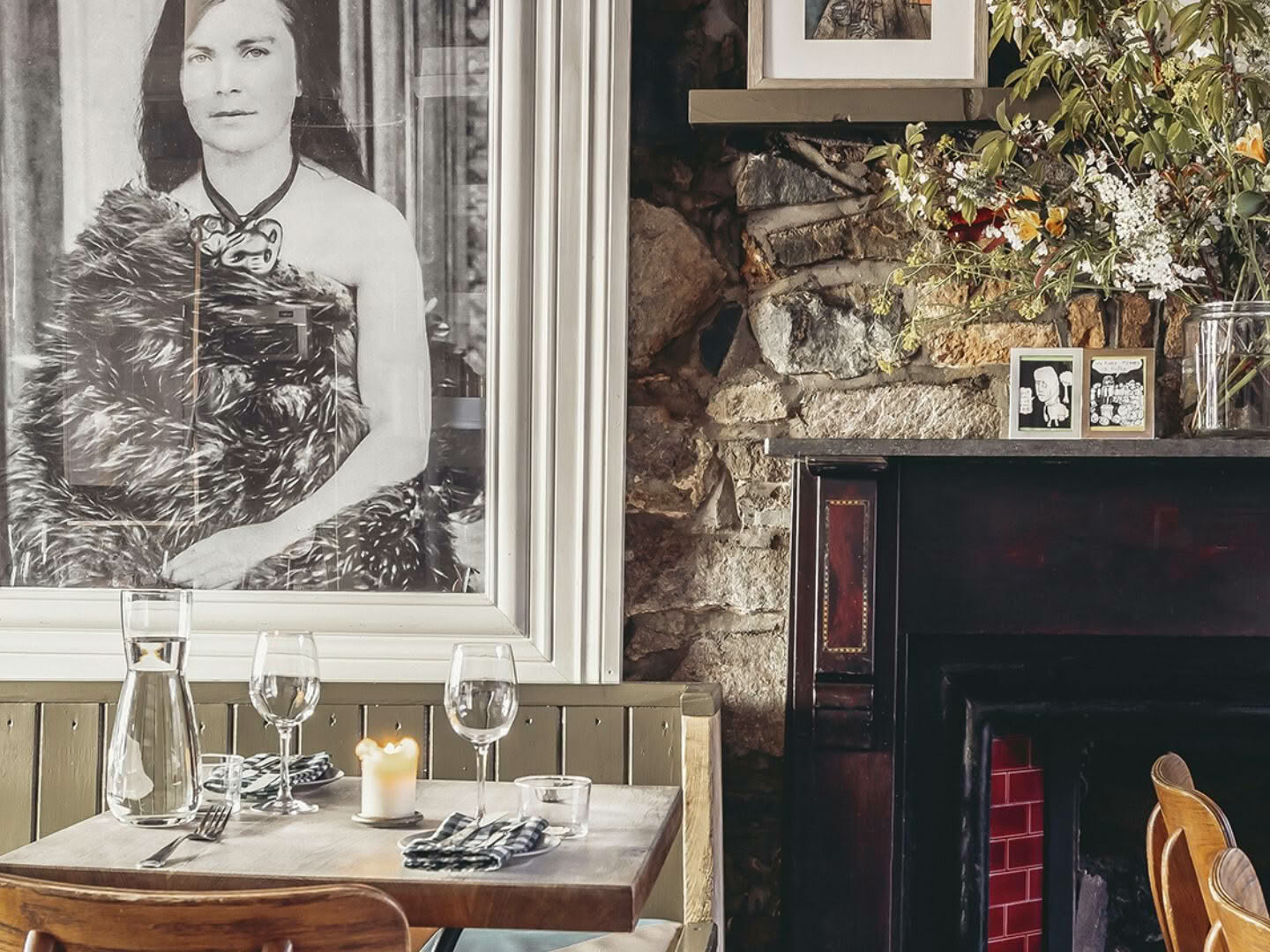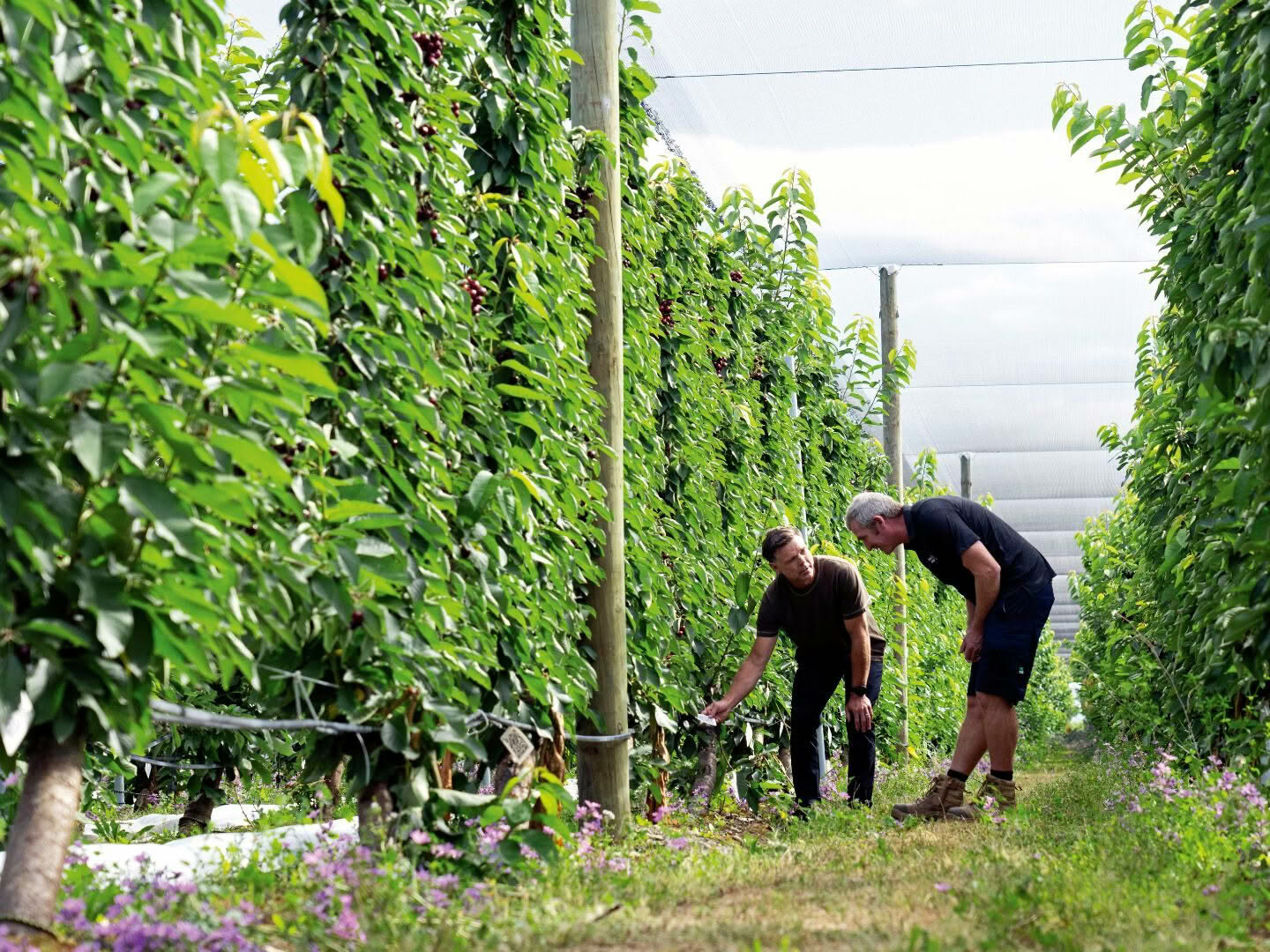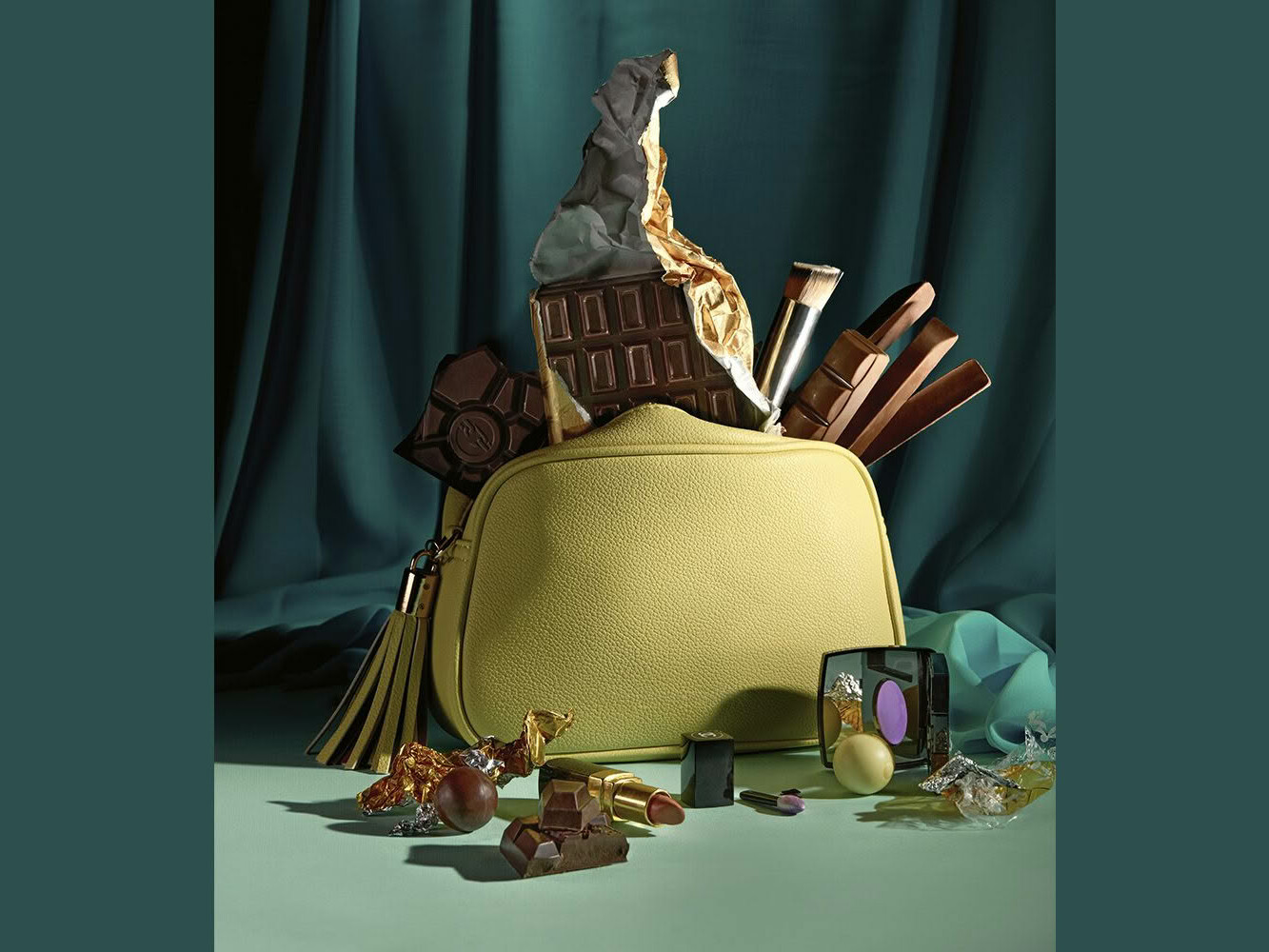Bertrand Jang brings Pacific soul to to these luscious bakes.
“Oh no, Bertrand, you idiot.” This is Bertrand Jang – the baking talent and co-owner behind Auckland dessert store Sweet & Me – beating himself up after failing to recognise Peter Gordon during a visit to Peter’s Homeland restaurant. I’ll let Bertrand take up the story.
“I went in for lunch and Al [Peter’s partner] recognised me. I was just snooping around, and we got talking then he said, ‘Wait, you’re that Fijian guy!’. Peter was doing a class – I didn’t even know who Peter was – and he told the class, ‘Guys, guys, we have a very special guest,’ and he called me by my name and introduced me and took a picture with me. I was just so naive, I did not know who he was, so I went home and Googled Peter and then, ‘Oh no, Bertrand, you idiot.’”
He certainly knows who Peter Gordon is now, after recently teaching a class on Pacific cooking at the Homeland cooking school, with another baking class scheduled and other joint projects on the go. “We’ve been friends ever since,” says Bertrand. “His food is so good. I liked his food before I even knew who he was. I have so much respect for him.”
So, who is ‘that Fijian guy’? Along with business partner Elizabeth Koroivulaono, Bertrand runs Sweet & Me, a pocket-sized dessert café in Auckland’s Onehunga that specialises in lush Pacific flavours. “We hide the Pacific ingredients in desserts; there’s not so much in there that will scare our Auckland friends away, but there’s still the nostalgic ingredients that resonate with our Pasifika audience.”
Sweet and Me is a tiny place filled with Bertrand’s mile-wide smile. A warm welcome from the team, including operations manager Salu Te’o Fa’avaivai Clayton, greets a stream of regulars and newcomers alike, tempted by a cabinet loaded with home-made sweets of fresh, tropical flavours such as coconut cream pie, macarons hand-painted with traditional designs, and his ever-popular coconut buns, which sing of the islands.
Growing up in Fiji, sacrifices had to be made to accommodate the baking dreams of a little boy, who knew exactly what he wanted to do. “Going back to my childhood, our three-bedroom house consisted of my six brothers, parents, two aunties, two cousins, an uncle, and my Nena. My parents had the only income supporting our massive family. I remember it would be just me and my mum shopping and I was so small that I could sit on the trolley and I’d hold a cookbook in front of me and I’d tell her what I wanted. In the islands, butter, for example, is so expensive, so for my parents to put aside their essential costs for me to bake was something special for me.”
Yet not all the dishes he grew up with called for fancy ingredients. Bertrand tells of a dessert called purini, a traditional dish that was one of the first things his grandmother taught him. “She cooked this for us on an open fire when we used to visit her in the village: we crossed four rivers and carried flour and sugar on our backs for her and papa. It meant so much to my mama for us to visit her and it was truly an adventure.”
With the Auckland business going gangbusters you’d think Bertrand had enough to do in the here and now. But he’s turning his attention back to the islands with a new project to search for and document traditional recipes, not only preserving the data for the next generation, but revitalising them and giving them a fresh audience. Almost tearing up as he talks, he says that he’s worried that many Fijians are so swept up in the modern ways that they are losing the traditional methods of cooking and baking. It’s his duty for the next stage of his story, he believes, to talk to indigenous men and women about what they cook and how and then record it, lest it be lost.
During a recent trip to Fiji he met Salote Mocevakaca, a woman who travelled four hours to meet him and show him how to make loli, described as a traditional Fijian fudge made of coconut cream, sugar and lemon. “She taught me how to make this over an open fire and she spoke to me in Bauan, an indigenous Fijian mother tongue. It was beautiful, it was the highlight of the trip.” Having seen how she traditionally made it, he’s able to break down the process and by cooking at different temperatures he can make a sauce for different products such as making it brittle, or cooking it to the consistency of fudge, or so it’s more saucy for a cake or biscuit. “My parents did not even know what it was and my dad is 74 and he hadn’t had it, and my mum is 67. For them not to know what this was was a shock so this is why there needs to be a traditional cookbook so this doesn’t get lost.”
This is a far cry from culinary school where the curriculum was very Euro-based. “At school we studied the cuisines of countries where they don’t even know where we are. As you grow you have to create an identity for yourself and that’s where your culture comes in: what you grow up with infused with what you’ve been taught. When I taught the class at Homeland, the students were predominantly palangi [European] and we cooked very traditional food such as fish in coconut cream with eggplant. Man, they smashed it. These guys cooked it like they were in the village. It was great.” TRACY WHITMEY

